Best Shots review - Batman: Three Jokers "delivers on the promise of the title and little else"
Geoff Johns and Jason Fabok's long-awaited exploration of Batman, the Joker, and trauma culminates with Three Jokers
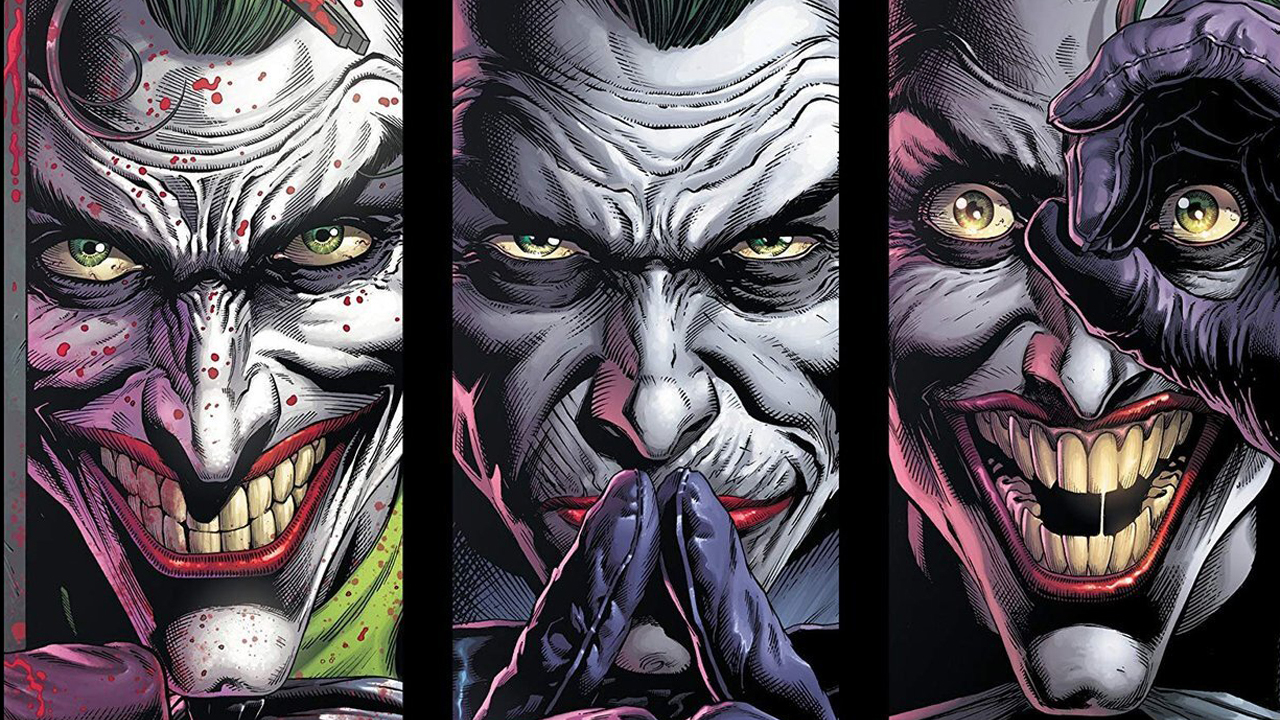
"I healed your greatest wound. So now I can be your greatest pain!"
Geoff Johns and Jason Fabok's Batman: Three Jokers has kept readers on edge for years since it was announced and it finally reaches its end during a year where current events feel more like the plot of Batman comic than ever before. But now that the wait is entirely over, we have to ask ourselves if it was worth it. Johns has positioned this as a great Joker story in the vein of The Killing Joke. Fabok's art appropriately homages Brian Bolland's classic work. But in trying to create a seminal work about the Joker and Batman's relationship, it's clear that Johns might actually have less to say than he previously thought.
Just a warning: we're going to touch on a few spoilers as we talk about this limited series.
Written by Geoff Johns
Art by Jason Fabok and Brad Anderson
Lettering by Rob Leigh
Published by DC's Black Label
'Rama Rating: 5 out of 10
I want to get this out of the way first and foremost: this is not a poorly made comic book on a technical level. The art team, Fabok, colorist Brad Anderson and letter Rob Leigh, make sure of that. However, solving a mystery that no one asked to be solved is a daunting task and Johns isn't up for it. This is the conundrum of long-running serial storytelling - at some point, satisfaction becomes so subjective that trying to create a resolution for years of contradictory plot points is a fool's errand.
'Who is the Joker?' is a meaningless question because everyone from eight to 80 knows the answer: he's Batman's greatest villain. What can you say about him at this point that makes him more interesting? It's this writer's opinion that there is almost nothing and the more you try to pin down facts about him, the less interesting he becomes.

Batman: Three Jokers #1 preview
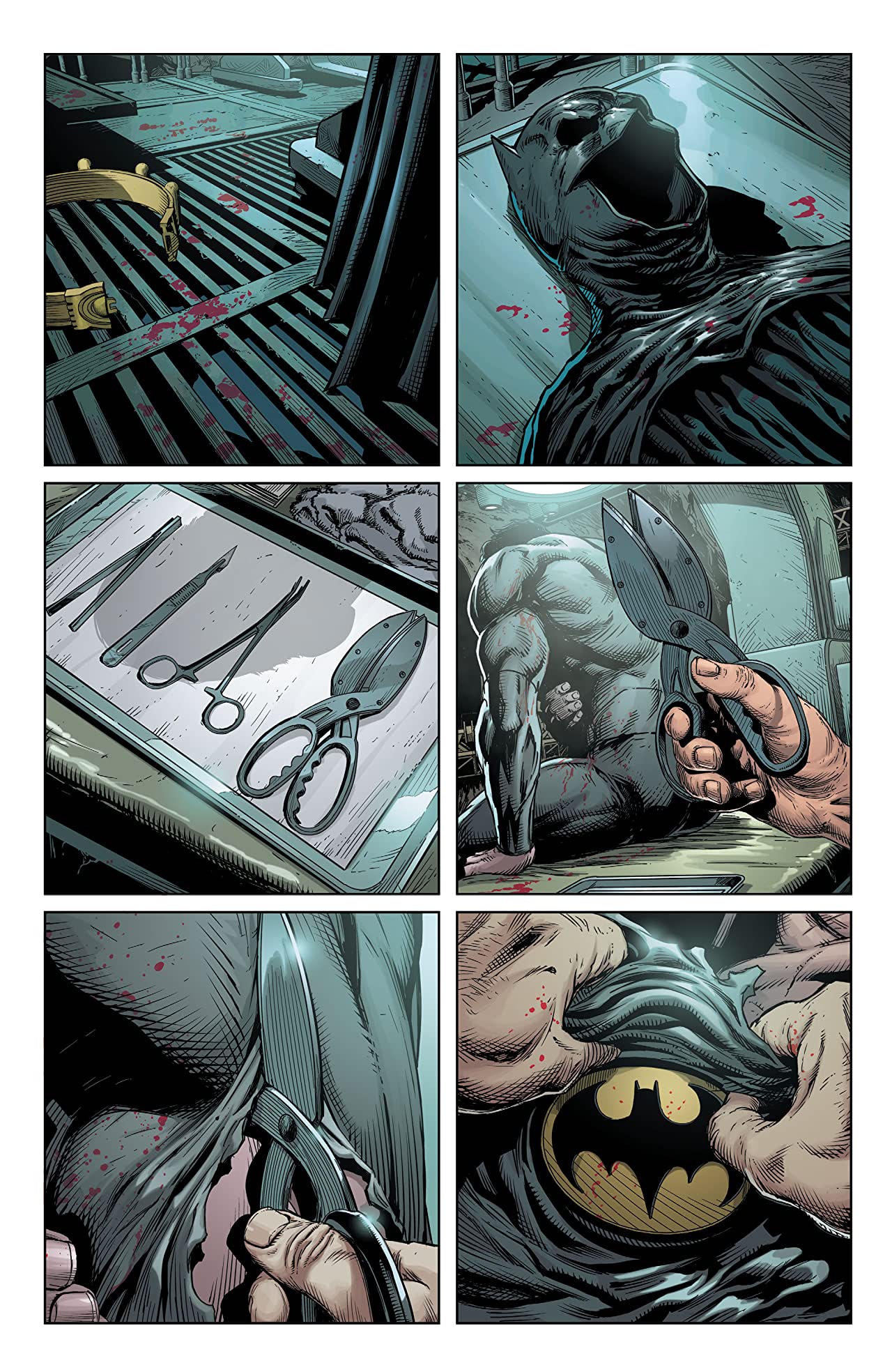
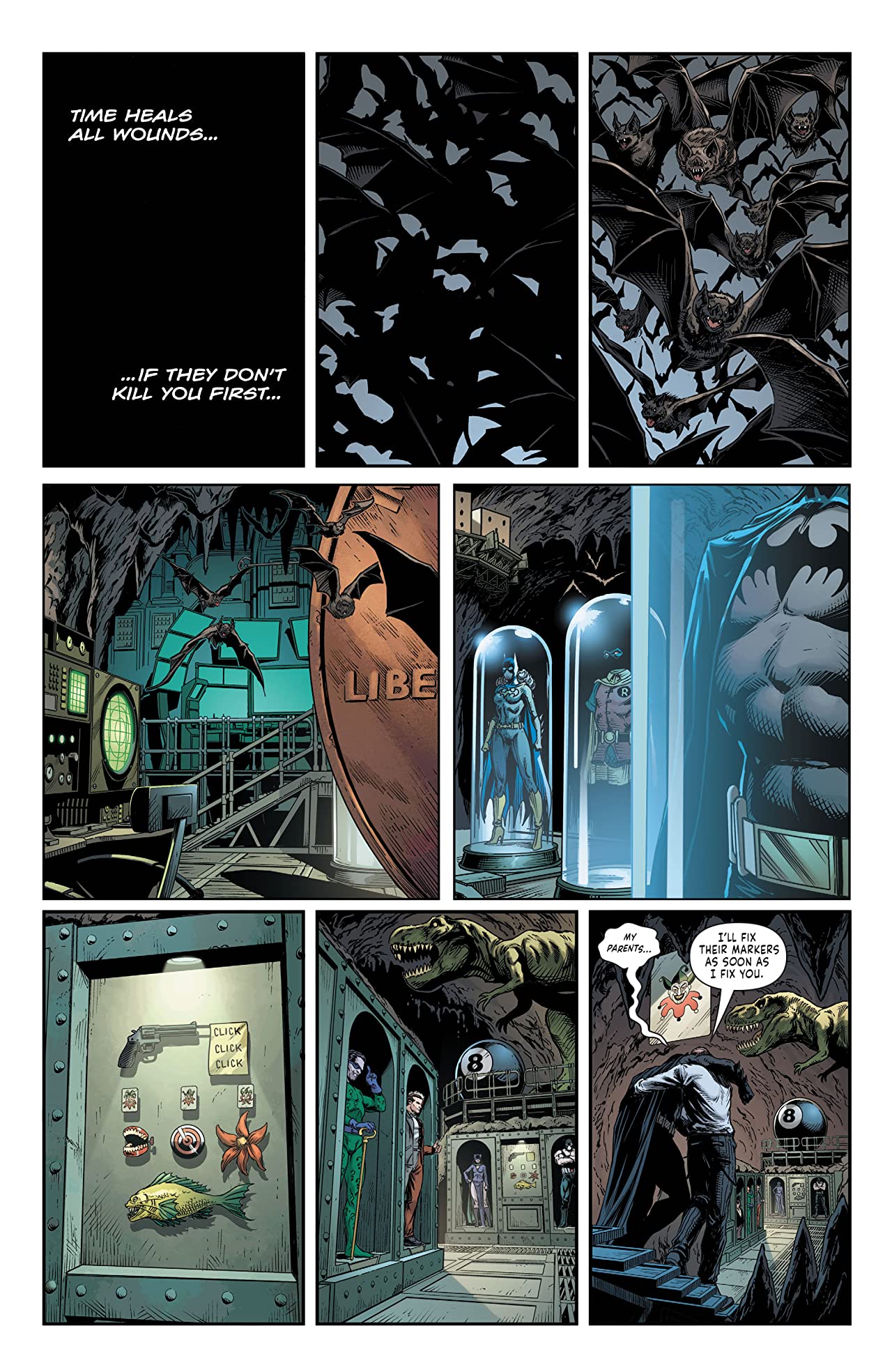
The first two issues of this limited series force Jason Todd and Barbara Gordon to trauma-bond over their history with the Clown Prince of Crime. Johns positions them as two sides of the same coin. (Too bad this isn't a Two-Face story, huh?) Jason's penchant for violence grew after being killed and resurrected while Barbara never let her injury define her and eventually she recovered. And on some level, I think the setup here is interesting. Batman and Joker are arguably some of the most static characters in history. While you can put them in different sorts of situations, their dynamic remains the same and they don't tend toward any meaningful growth. They are destined to do this dance forever. And most Batman/Joker stories come to that conclusion. But the rest of the Bat-family is not doomed to that same fate so there's space for writers to tell us something significant about them.
Unfortunately, Johns never delivers on the promise of the Three Jokers title or the potential he sets up with Barbara and Jason. He doesn't have anything insightful to say about the nature of trauma and its effects on these characters. He doesn't have anything incisive to say about the eternal dynamic of good and evil that Batman and the Joker represent. He does little more than paint past stories in extremely broad strokes, turning other creators' work into somewhere else to mark his territory. Because of his reputation, he's made himself into something of a continuity bully - cheapening future stories with a hollow comprehension and appreciation of past ones. We saw something similar with Doomsday Clock (though combining Watchmen with a DC Universe that is constantly in flux seems like the ultimate thankless task).
Get the best comic news, insights, opinions, analysis and more!
Another warning for those trying to avoid spoilers.
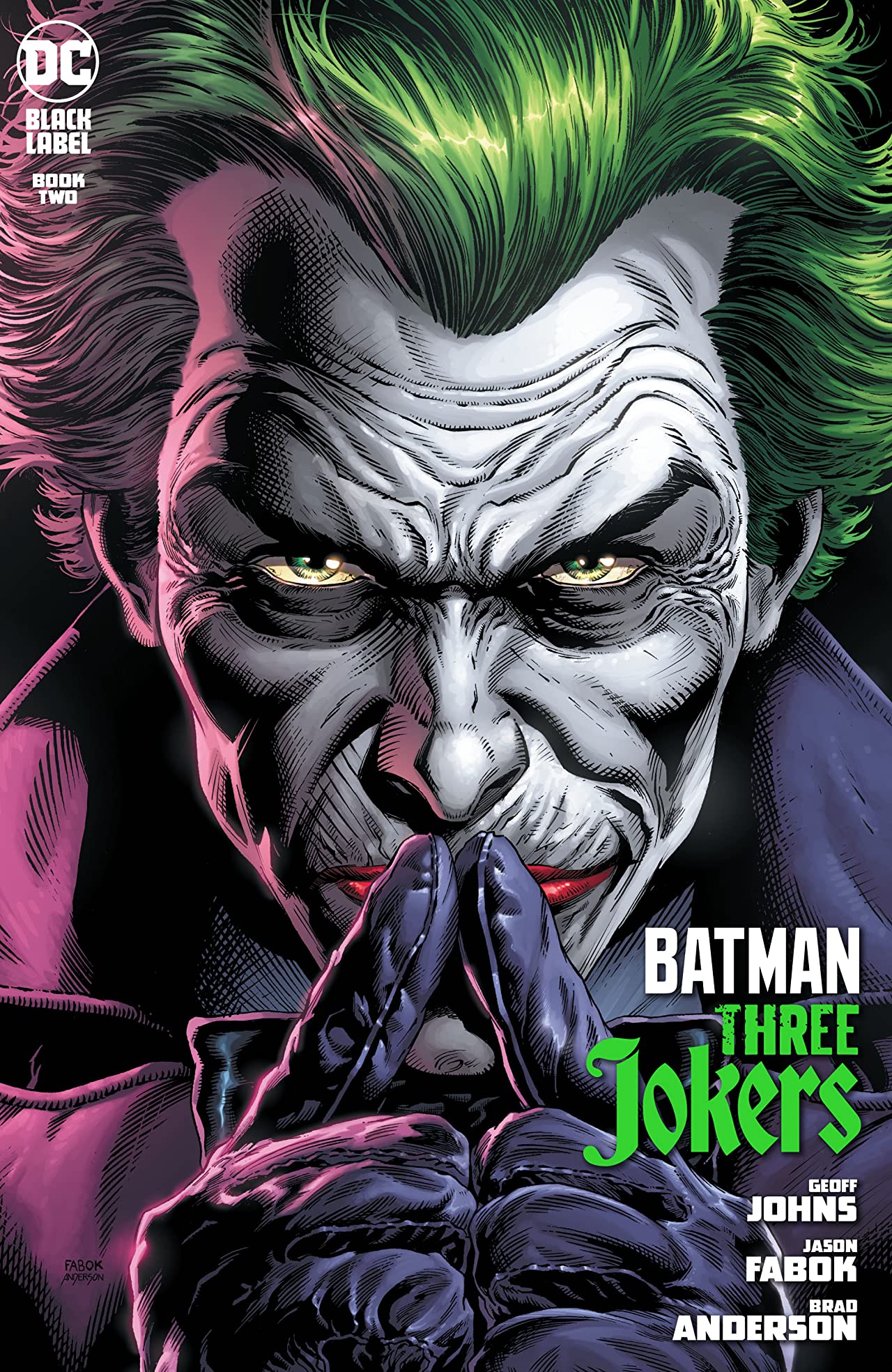
Batman: Three Jokers #2 preview

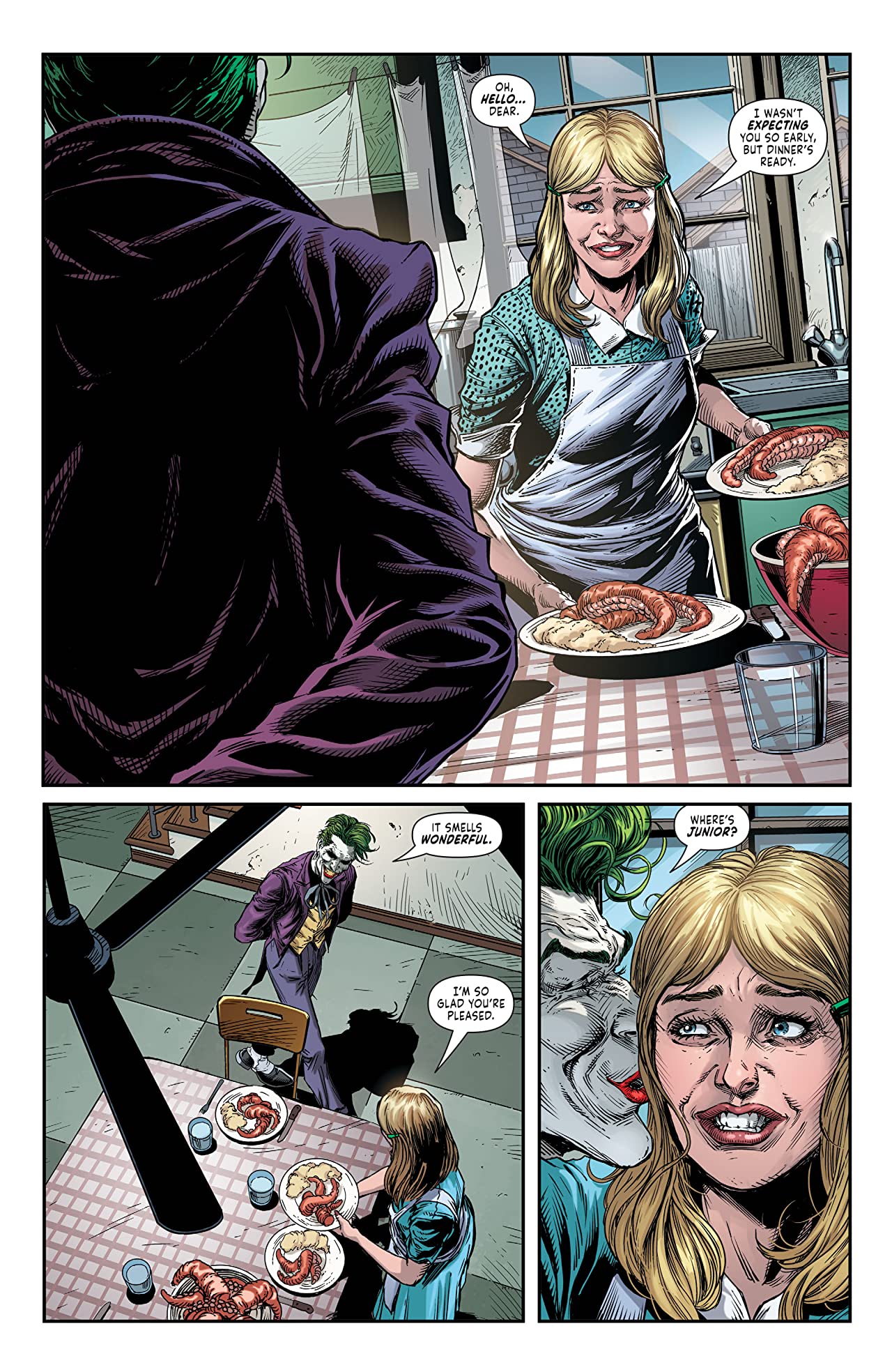

What is there left for the Joker to do? And how can Johns possibly reconcile so many versions of the character that we've seen in the past? Who are the Three Jokers? Is one Alfred Stryker, the first man to die by a vat of acid only to be retconned later in a trim purple suit? Or could one be the deranged son of Joe Chill? Or even the man who actually committed the crime Joe Chill went away for a la Jack Napier? Is one the Comedian... from Watchmen?! (I'm kidding.... Unless... no, I'm actually kidding... or am I?)
Ultimately, it doesn't matter. Johns' story isn't all that concerned with the answer. The place he lands is the widely accepted reason for so many contradictory iterations of the Joker in the first place. He even has the character say it: "I am chaos. I am the devil. I am nothing to you and everything." In essence, The Joker is Batman's greatest villain.
Joker engineers a plan to make Batman save Joe Chill's life so that he can help Bruce move on from the trauma that defines him, positioning the Joker as the greatest pain in his life. That almost works. Arguably, Batman takes on his various wards to help them move on from the trauma that defines them. But Joe Chill is a character that very few writers have been able to make feel significant and at this point, he's just an old man. While it's safe to say that Bruce has not been kind to his own mental health over the years, the character has been given the opportunity to mourn his parents. But relitigating Batman's origin story for readers is about as tired as seeing Martha Wayne's cheap pearl necklace burst onto the sidewalk or seeing anyone on Twitter say that Bruce Wayne should fund more charities and social programs if he wants to save Gotham. What do we gain from this? Absolutely nothing.
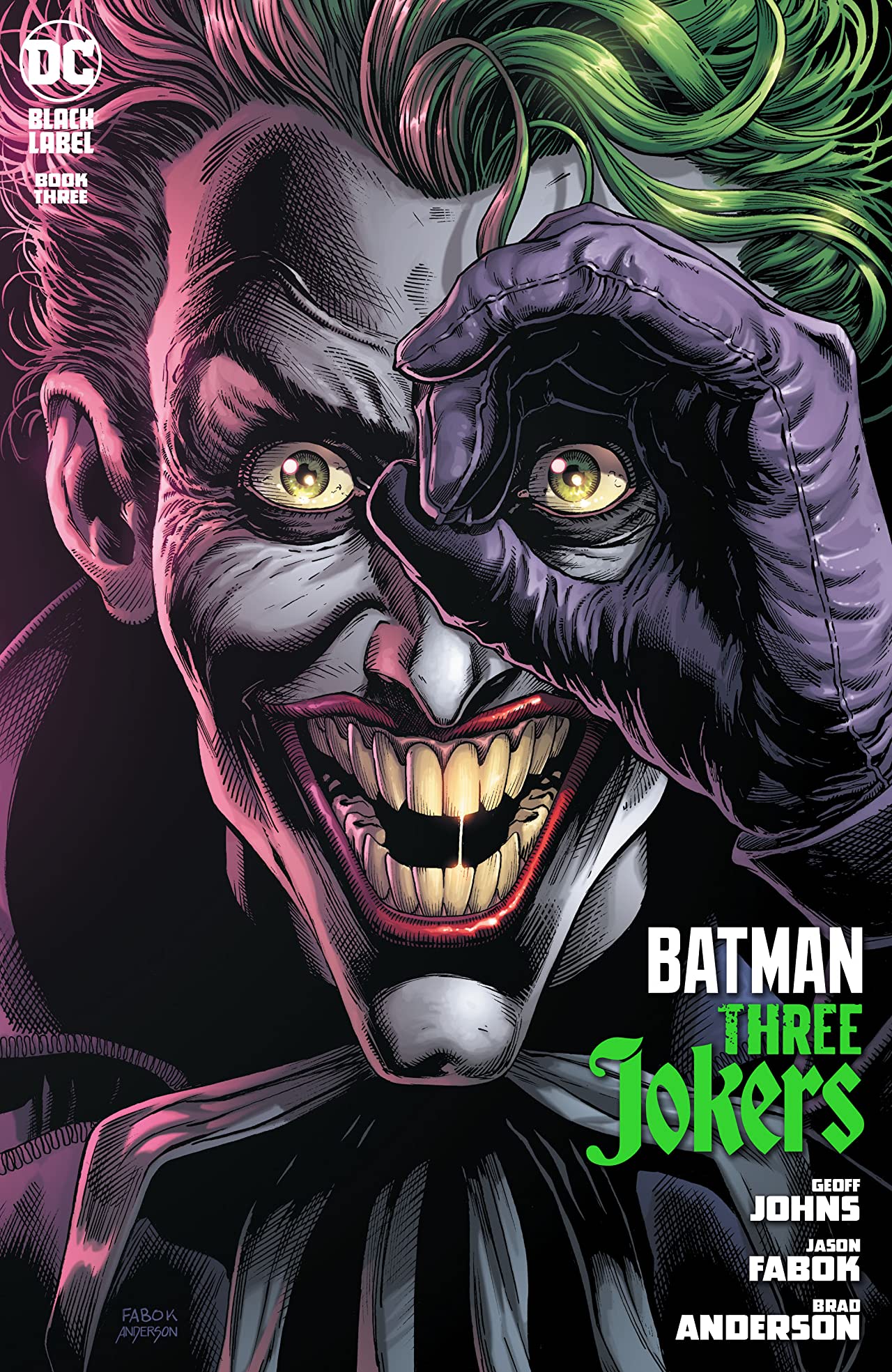
Batman: Three Jokers #3 preview
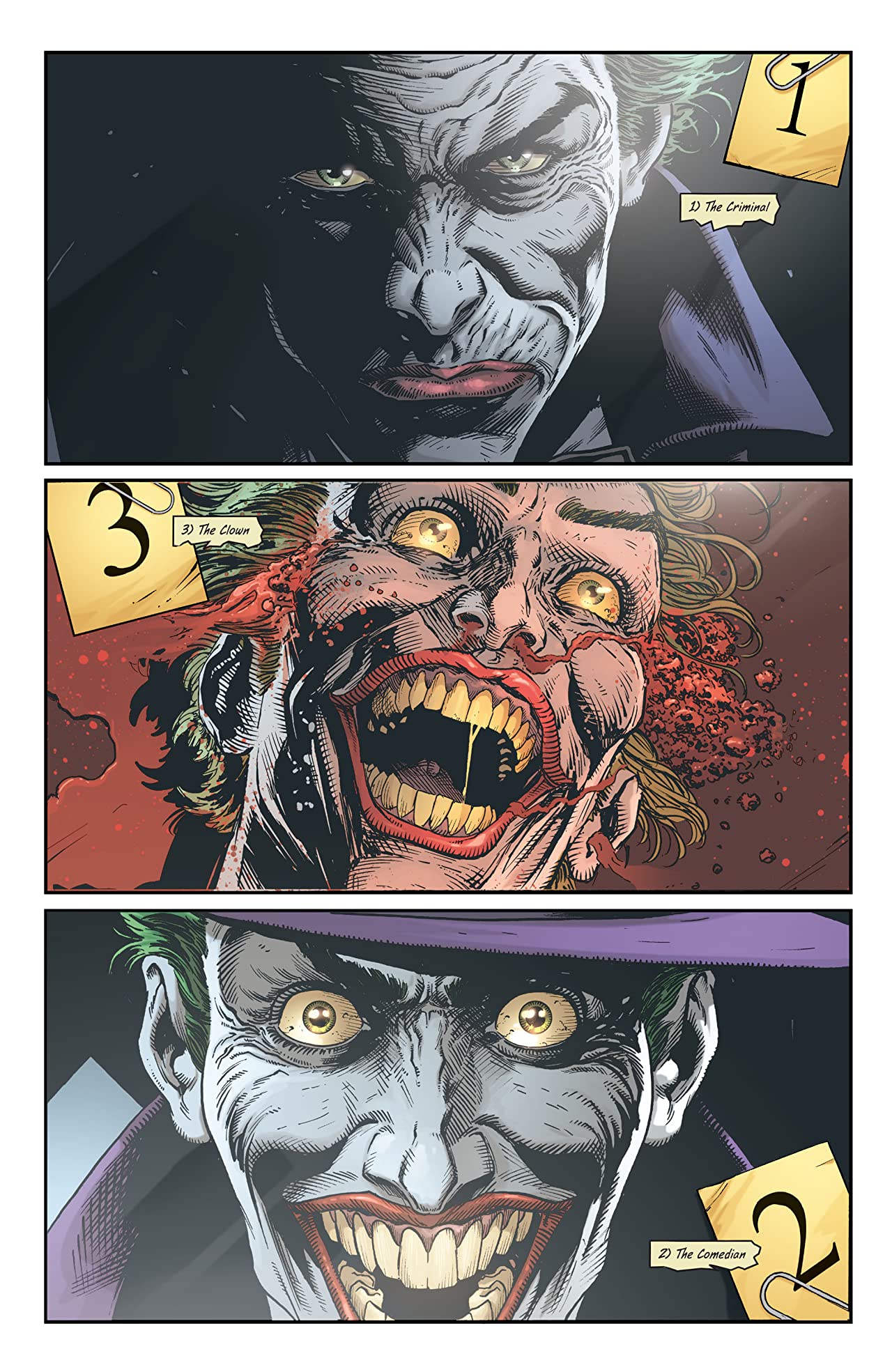
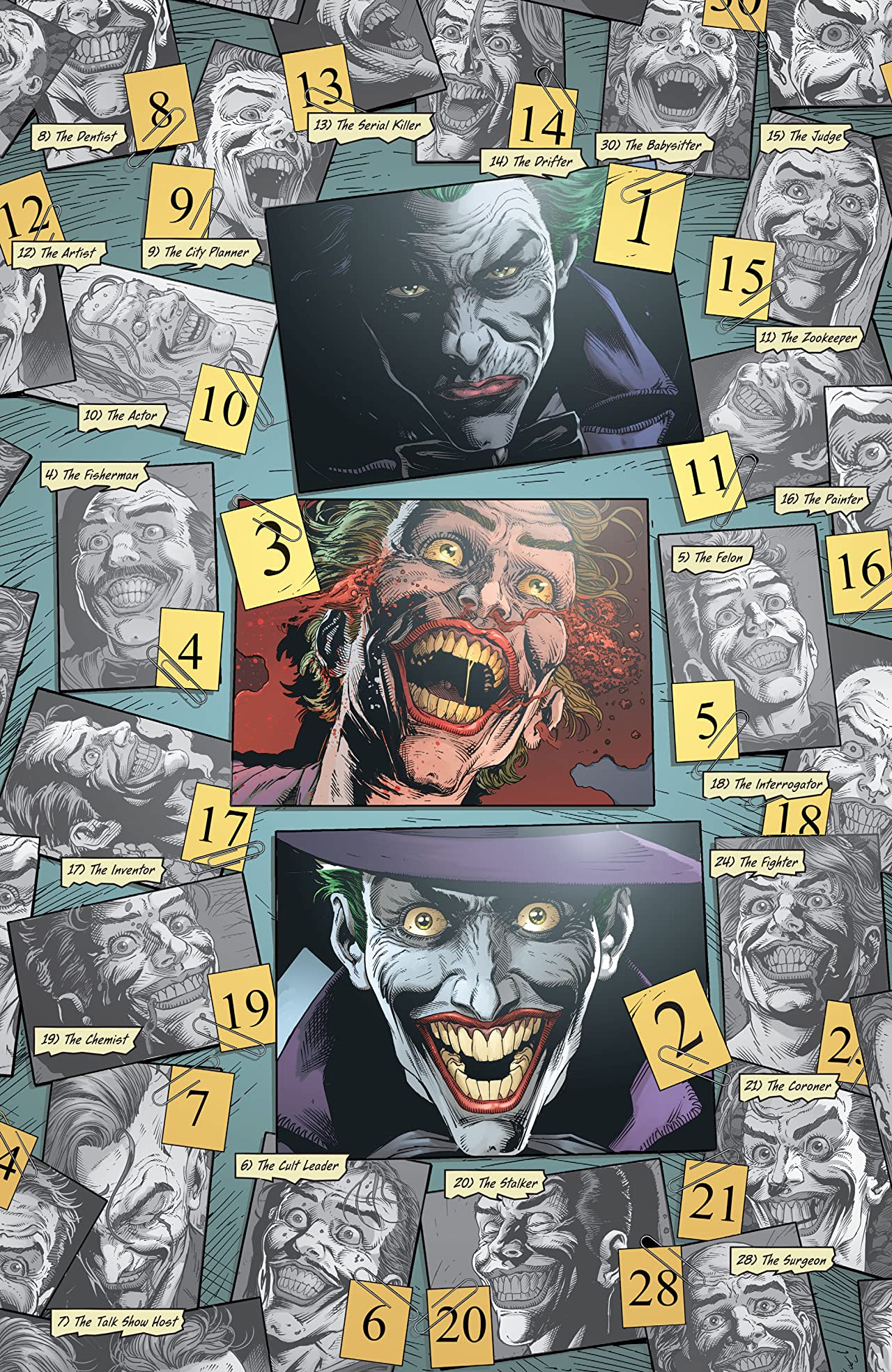
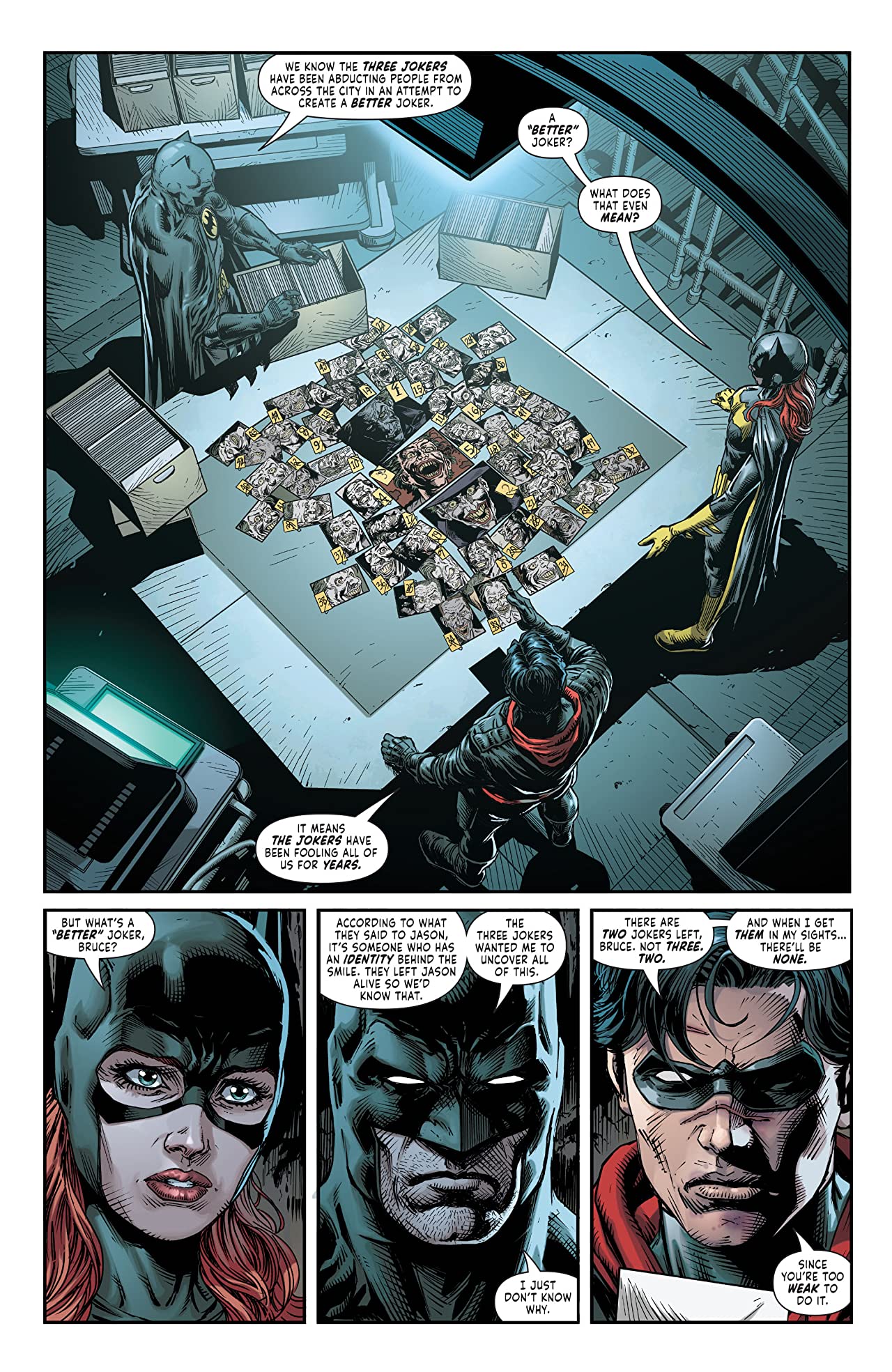
Across the three issues, the art team does acquit themselves well. Jason Fabok is the guy who makes this feel like an Important Read because his style lends that kind of weight to almost anything he works on. This is a very tangible and realistic Gotham. All of the Jokers are surprisingly easy to tell apart as Fabok does a good job rendering each one with care. The layouts tend to stick to a nine-panel grid across the board, breaking occasionally as the story calls for it. Fabok's lines work well with this kind of traditionalist approach. But nine-panel grids will always call back to Watchmen especially when your writer seems intent on letting readers know that he too has read one of the best-selling comic books of all-time. However, Fabok is not asked to take the same chances with that layout that Gibbons did and in that way, the nine-panel grid becomes more of a lifeless delivery system than an intentional storytelling device. As highly as I think of Fabok as an artist, there's nothing particularly exciting about a slow zoom over three panels of Joe Chill's headstone that lands with just the letter's "JO" in the frame. (Though admittedly, that's on Johns' script and the editorial team.)

Three Jokers will be a divisive book. While lots of fan theories were bandied about with the release of the first two issues, the finale really sucks all the air out of any potential fun there is to be had with a book like this. The artwork is effective. The idea of reconciling the Joker's various approaches over the years has some legs. Even the potential exploration of trauma amongst the Batfamily is a concept with a lot of avenues to consider. However, Johns never puts it all together. He's not able to make the exciting connections or answer the mystery that he thinks he's setting up in a meaningful way. At the end of the day, the series delivers on the promise of the title and little else.
Batman: Three Jokers #1 - #3 are available now. A hardcover collected edition of Three Jokers goes on sale on November 17.
Check out our list of the best Batman/Joker stories of all time.
Pierce Lydon has been a contributor to Newsarama for over 10 years, writing everything from reviews to deep dive explainers, to interview pieces and best lists.


